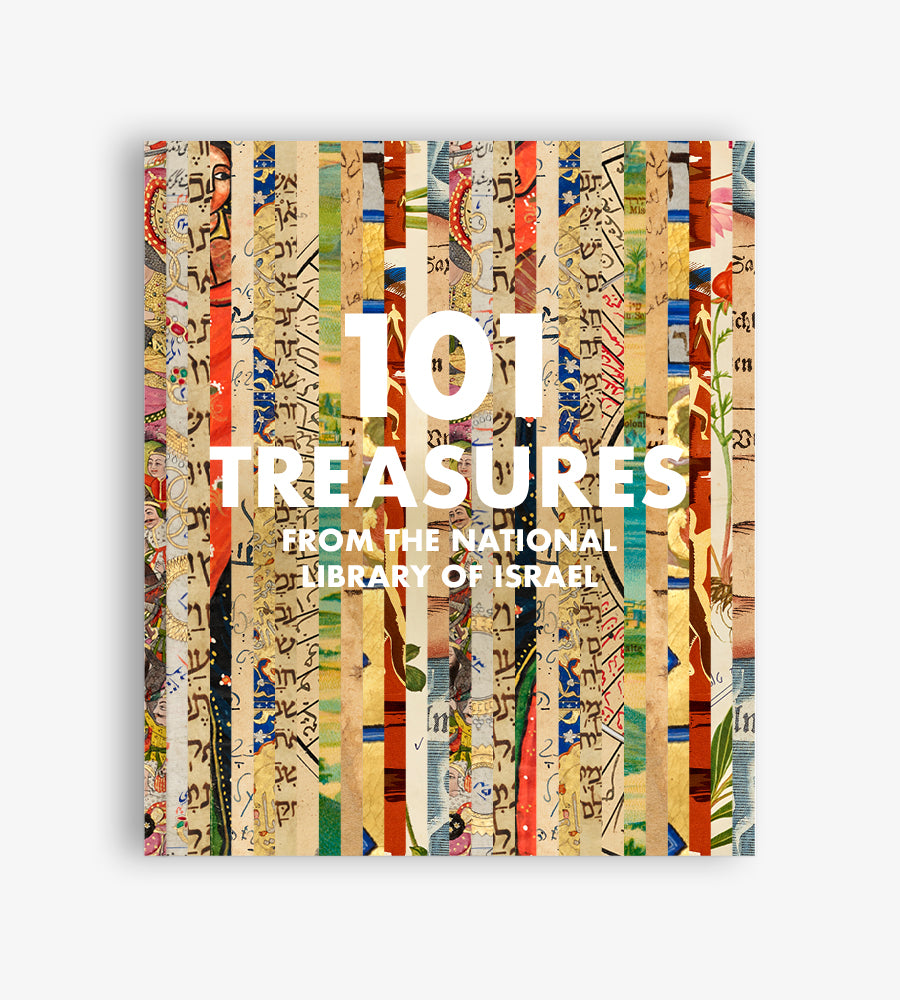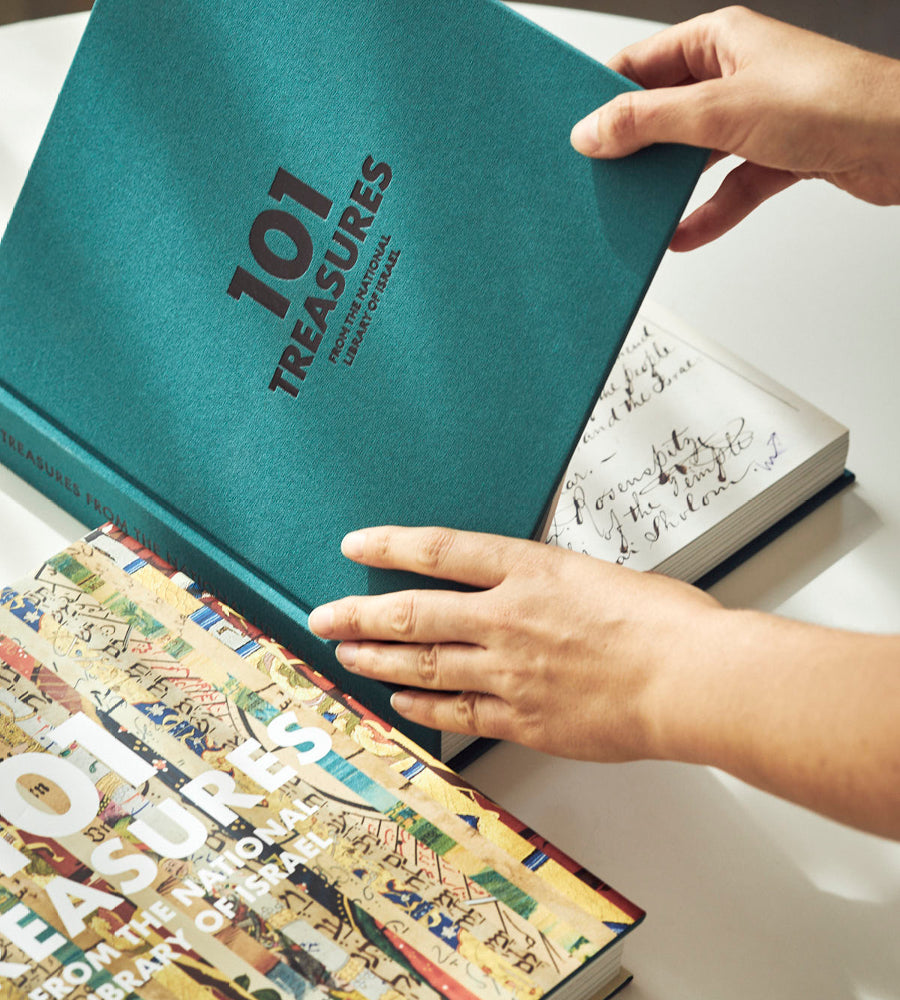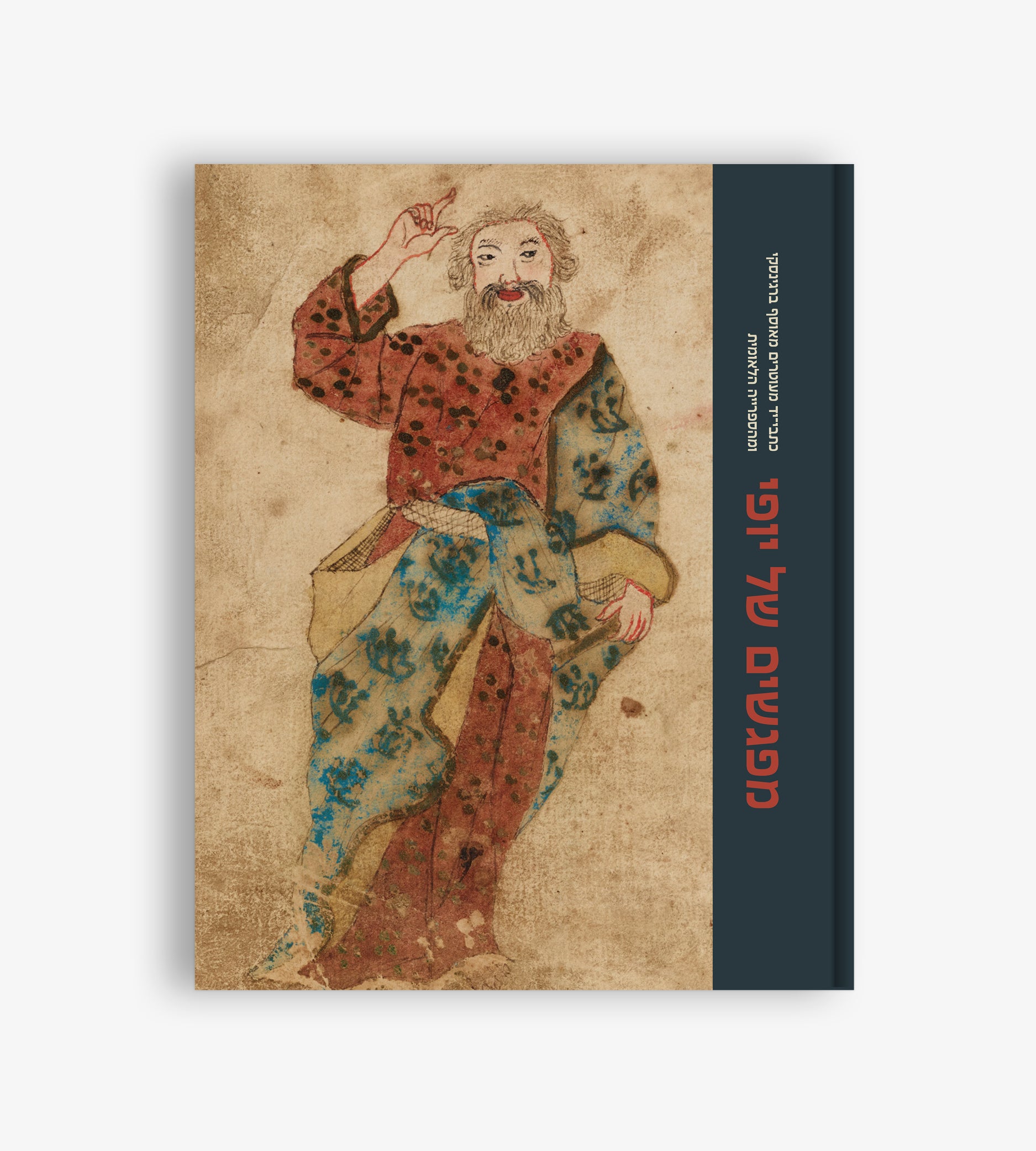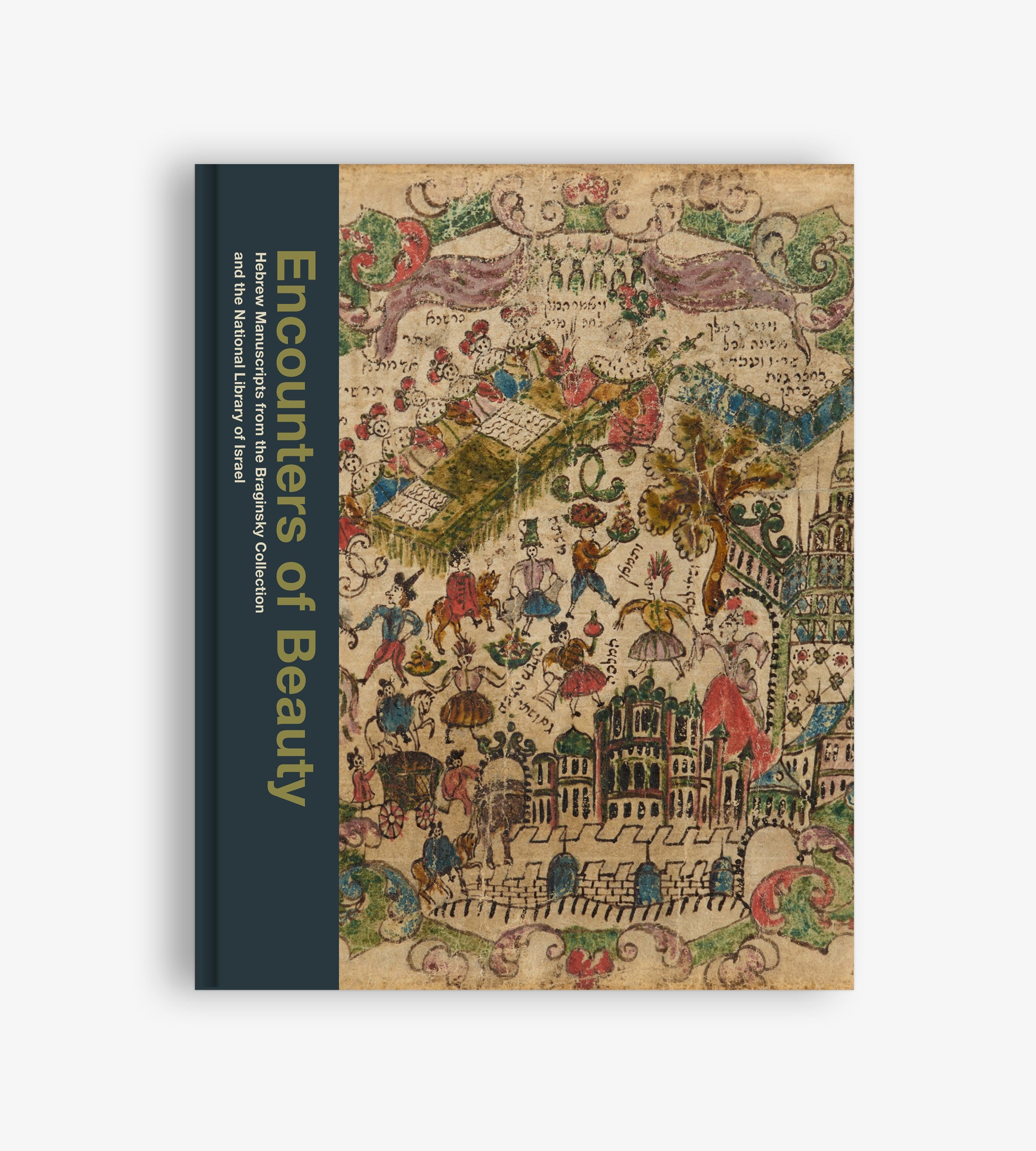Article: In a Forest Grove

In a Forest Grove
Alina Sokoletskya

In the Soviet Union in the 1970s, it was almost impossible to publicly express interest in Judaism and Jewish culture or study Hebrew. While not all synagogues were formally closed, Jewish activists looked for other places to gather where, far from the eyes of the authorities, they could learn Hebrew and share information about Jewish culture.
One of these places was a large forest clearing near the Ovrazhki train station, thirty kilometers out of Moscow, where, during warmer months, Jewish activists, including Natan Sharansky (b. 1948), gathered to celebrate Jewish religious holidays and Israeli Independence Day. They organized picnics, held underground photo exhibitions and music festivals, and studied Hebrew together. The Ovrazhki birch grove became the unofficial symbol of the 1970s Jewish revival in the Soviet Union. It was here that, without publicity, Jewish activists carried out much of their cultural and social work, even as they were struggling to emigrate. The need for mutual support manifested in these spontaneous forms of Jewish life and education helped unite these groups of refuseniks into a close-knit and supportive community of like-minded people under the most difficult circumstances. The photographs seen here show people in the Ovrazhki grove sharing their time and their passion for singing, dancing, holding lectures, or playing football.
In 2018, Natan Sharansky donated his personal archive to the National Library. The archive contains photographs, personal belongings, and documents covering the events leading to his release from prison and the struggle of the Prisoners of Zion.














